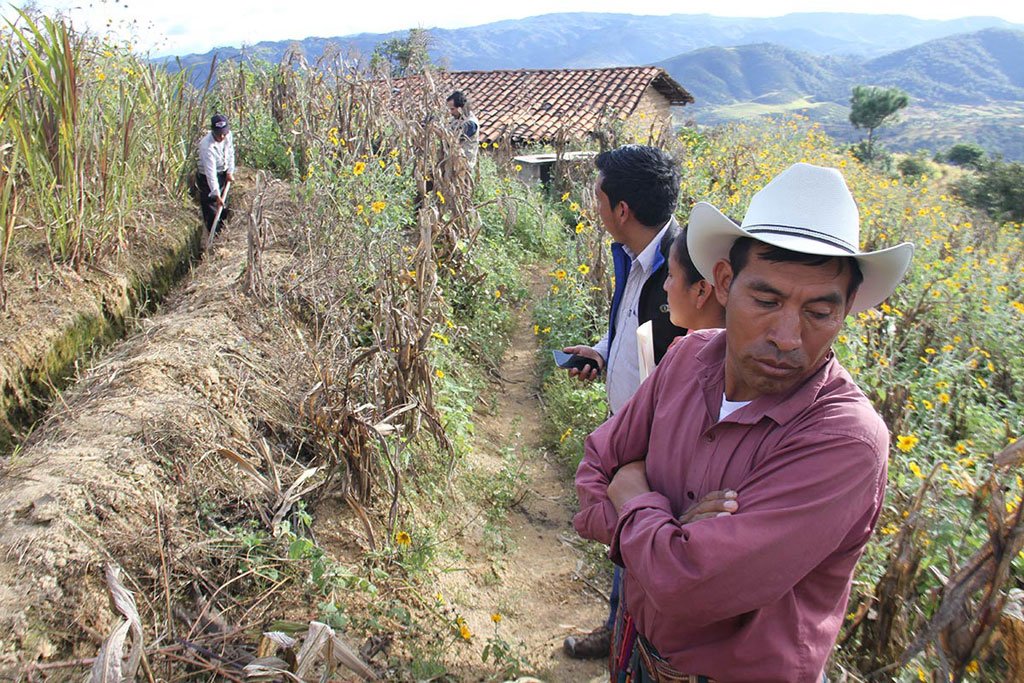In a rabble-rousing speech in Arizona last week, President Trump doubled-down on his pledge to build a wall on the southern border of the United States to prevent would-be migrants from crossing the border illegally. Coincidentally, on that very day, the United Nations released a new report examining exactly why people from central America are fleeing to the United States in such high numbers.
The reason? Climate change. Specifically, the report found a correlation between precipitation and “irregular migration” to the United States from parts of Central America.
Citing figures from the United States Customs and Border Protection Agency, the report, says that the number of irregular migrants apprehended at the southwest border increased from 50,000 in FY 2010 to 250,000 in FY2014, then declined to 218,810 people in FY2015 and increased to over 408,000 in FY2016.
When overlaid with rainfall in the the s0-called Dry Corridor of Central America, the report finds a “correlation between prolonged droughts in El Salvador, Guatemala and Honduras – exacerbated by El Niño phenomenon from 2014 to 2016 – and the increase in irregular migration from these countries to the United States.”
In other words, when the rains stopped, people fled their homelands in search of new economic opportunities in the United States.


The “Dry Corridor” is a drought-prone band that stretches across these three countries. It was hit particularly hard during the 2014-2014 el Nino, with food insecurity sharply rising in many places.


The report surveyed families in the dry corridor and found that as a result of the drought, many young people simple left their homesteads and headed North during this period.
The implication of this study is pretty straightforward: if one has a political interest in reducing migration from Central America to the United States one long term solution would be to increase the resilience of families in the dry corridor to withstand these kinds of exogenous shocks to their livelihood. In other words, policies that help people affected by drought could reduce their need to flee. And these policies are probably way less fraught than building a border wall.
